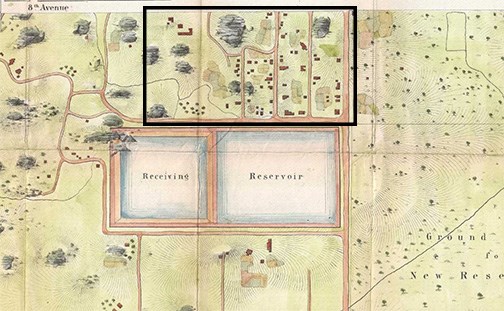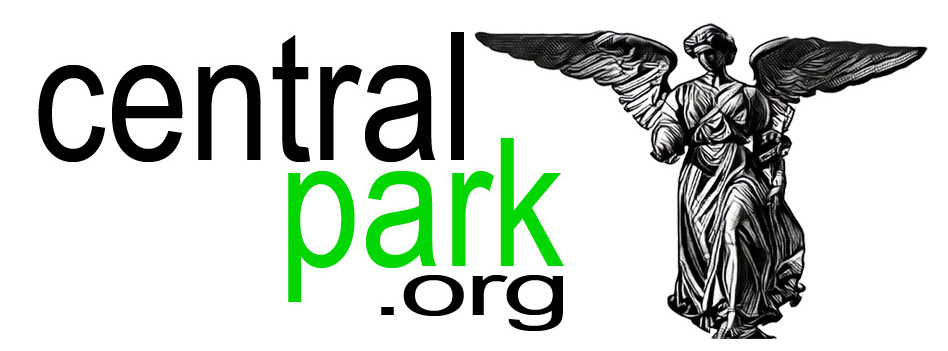 What we now know as Central Park has a rich social history that dates back to well before the current urban oasis was constructed in the mid-nineteenth century. One such example is the story of Seneca Village. It was one of the very first African American communities in New York City and existed from 1825 through 1857. It was located between 82nd and 89th Streets and Seventh and Eighth Avenues in what is now a the part of Central Park just west of the Great Lawn. It was also Manhattan’s first significant community of African American property owners. By the 1840s, it had become a multi-ethnic community of African Americans, Irish, and German immigrants, and perhaps a few Native Americans. In 1855, the New York State Census reported approximately 264 individuals living in the village. This included three churches, as well as a school and several cemeteries. Good fortune for the residents of the city in general was bad luck for the residents of the tiny community – within two years Seneca Village would be razed and its identity erased by the creation of Central Park.
What we now know as Central Park has a rich social history that dates back to well before the current urban oasis was constructed in the mid-nineteenth century. One such example is the story of Seneca Village. It was one of the very first African American communities in New York City and existed from 1825 through 1857. It was located between 82nd and 89th Streets and Seventh and Eighth Avenues in what is now a the part of Central Park just west of the Great Lawn. It was also Manhattan’s first significant community of African American property owners. By the 1840s, it had become a multi-ethnic community of African Americans, Irish, and German immigrants, and perhaps a few Native Americans. In 1855, the New York State Census reported approximately 264 individuals living in the village. This included three churches, as well as a school and several cemeteries. Good fortune for the residents of the city in general was bad luck for the residents of the tiny community – within two years Seneca Village would be razed and its identity erased by the creation of Central Park.
For further information try these links:
New-York Historical Society: Seneca Village and the Making of Central Park




I recently went on the Central Park tour of Senea Village. I found it informative. Thank you for such wonder tours.